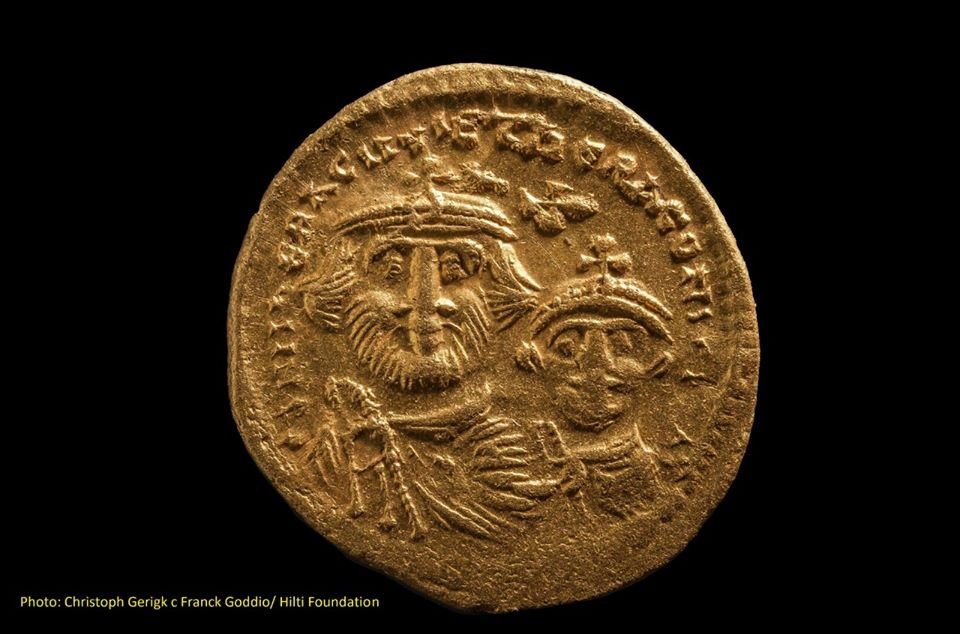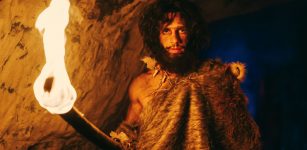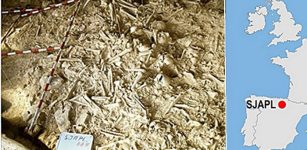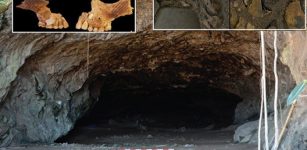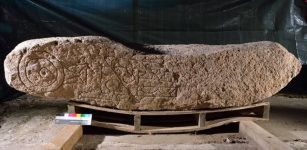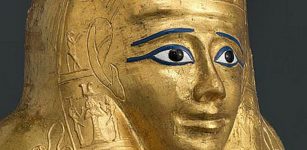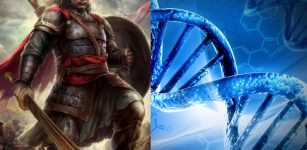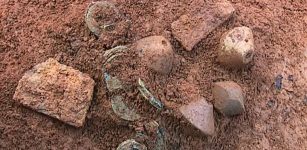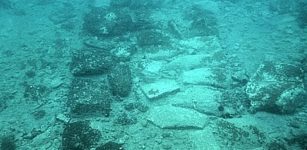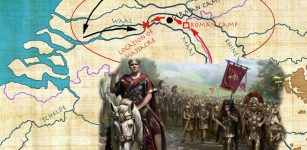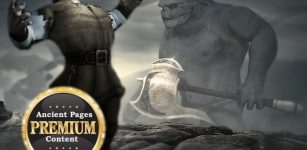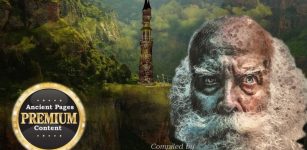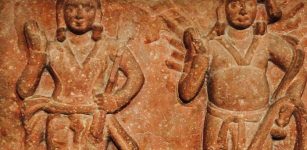New Discoveries In Underwater Excavations Of Sunken Cities Of Canopus and Heracleion
Conny Waters - AncientPages.com - Ahram Online reports that underwater archaeologists discovered more secrets of the sunken cities of Heracleion and Canopus in Abu Qir Bay, in Alexandria.
Archaeologists from the Egyptian-European archaeological mission led by Frank Goddio, Head of the European Underwater Archaeology Institute (Institut Européen d’Archéologie Sous-Marine) have uncovered the remains of a large settlement, a temple, shipwrecks and a collection of coins and jewelry.
 Granite columns and the remains of Greek temple discovered during dives of this season in the ancient sunken port city Heracleion, off Egypt 's north coast. Image credit: Egyptian Ministry of Antiquities
Granite columns and the remains of Greek temple discovered during dives of this season in the ancient sunken port city Heracleion, off Egypt 's north coast. Image credit: Egyptian Ministry of Antiquities
A sophisticated scanning and archaeological surveying device, the mission discovered that the city of Canopus is larger than previously thought.
See also:
Lost Kingdom Of Cleopatra – Legendary Lost City Of Heracleion
Stunning Underwater Photos Reveal Secrets Of Legendary Lost City Of Heracleion
It extends one kilometer south and inside this extension, the mission uncovered remains of a port, clay pots from the Saite period, bronze and gold coins from the Ptolemaic and Byzantine eras. Jewelry like rings and earrings was also unearthed, according to Ihab Fahmy, Head of the Underwater Archaeology Department at the ministry of antiquities.
Byzantine era coin recovered from a wreck in the sunken port city Heracleion. Image credit: Egyptian Ministry of Antiquities
“This suggests that this city has been inhabited since the eight century BC until the Islamic period,”, he added.
In Heracleion, the mission found the remains of a new section of an ancient settlement with a new part of the city's main temple, which has been completely destroyed, remains of another smaller Greek temple, as well as ancient columns and pottery from the third and fourth centuries B.C.E, and bronze coins from the reign of King Ptolemy II.
A shipwreck of a 13 meters long sunken ship was also found lying on the sea-bed. Inside it was a collection of coins and pots. Studies and research will be done on the wreck to know more about it.
Written by Conny Waters - AncientPages.com Staff Writer

